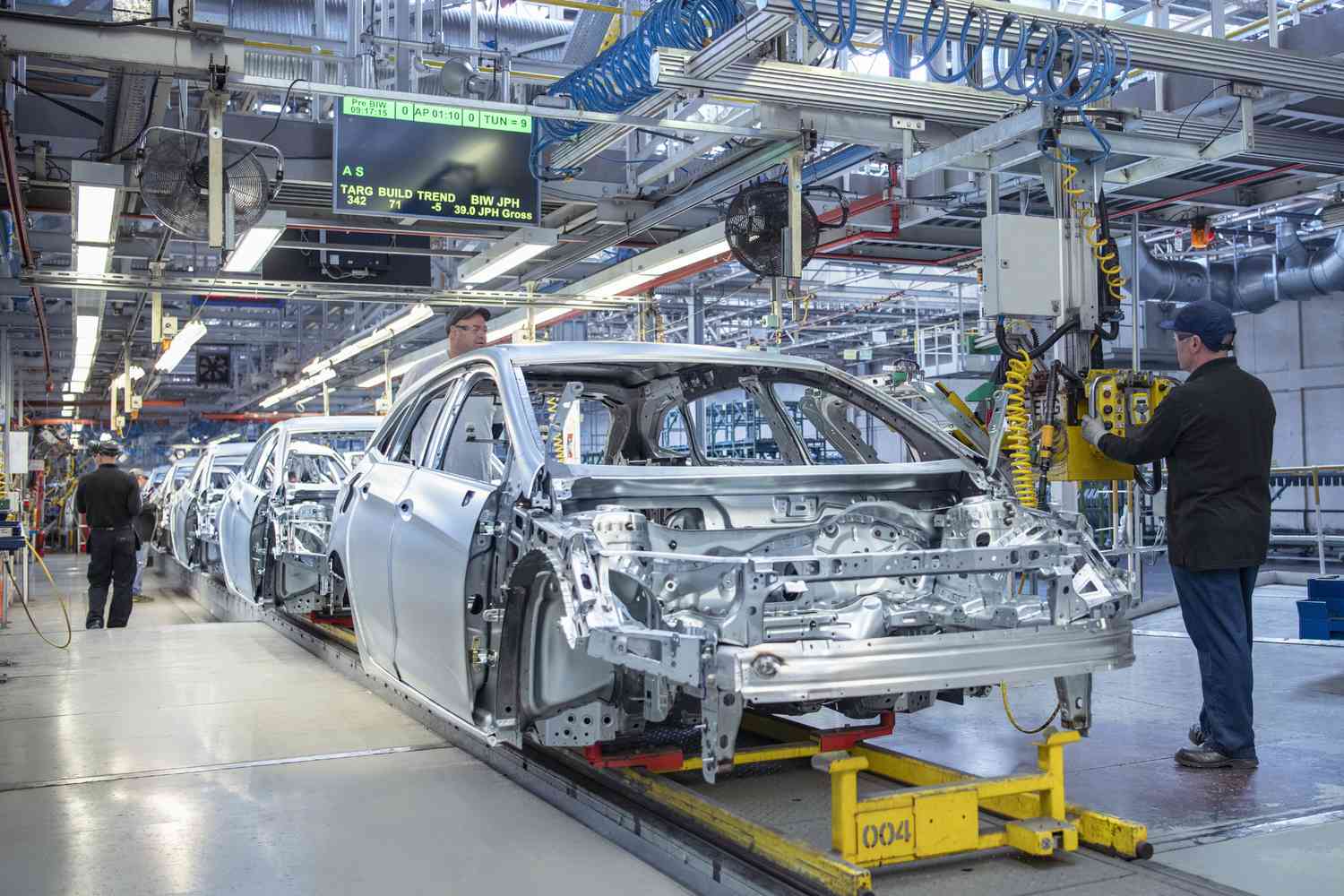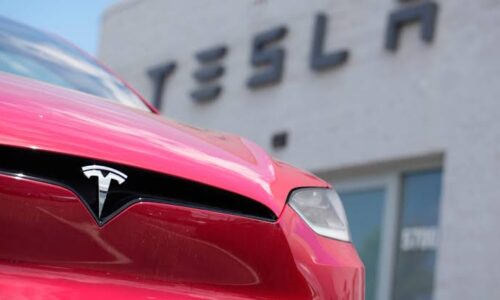- Judith Akatugba
- 0 Comments
- 659 Views
The automotive sector has undergone a true revolution since the introduction of these AI breakthroughs.
The automotive industry has seen a significant transformation due to the incorporation of advanced technology like computer vision, artificial intelligence, Internet of Things, and many more into automobiles. The automotive sector has begun utilizing AI throughout the entire process, from design to post-purchase servicing and driver safety. Through this business, artificial intelligence has set the groundwork for smarter cars in smart cities. Many high-tech automakers have begun utilizing state-of-the-art technology in an attempt to compete in the market and provide the highest level of customer satisfaction.
Read Also: Tiffany Haddish Pleads No Contest Over Thanksgiving’s Reckless Driving Arrest
Top 10 AI Innovations in the Automobile Industry
3D Printers: In recent years, the vehicle industry has seen a transformation thanks to the introduction of 3D printers. 3D printers are used by the industry to make attractive parts, efficient car models, and prototypes for testing fitness, among many other uses. Fused Filament Fabrication (FFF), a key technology underlying 3D printers, is utilized for both manufacturing and end-use parts in the automotive sector.
Smart Helmets: One of the most significant AI innovations in this sector for driver safety are smart helmets. In terms of how GSM and GPS are implemented, smart helmets are entirely distinct from ordinary helmets. The modern technology in smart helmets, which allows users to call an ambulance or a family member after an accident, as well as features like collision alerts, LED lights, vibration sensors, and alcohol sensors, makes them popular among drivers.
Autonomous Vehicles: In this sector, autonomous vehicles (AVs) are the newest hot issue and may greatly assist the general public. Several multinational IT companies are working toward producing driverless cars worldwide. Without a human in the driver’s seat, AV can sense its surroundings and navigate autonomously. Once it reaches the location, it can travel anyplace, just like a traditional car. The ability to travel throughout the city freely and independently is particularly beneficial for senior persons.
Collaborative Robots: Known also as cobots, these intelligent machines are thriving in this business thanks to their ability to load, tend, inspect, assemble, and do many other tasks efficiently and effectively. Cobots typically collaborate with human workers to improve results, consistency, adaptability, and error-free assistance.
Machine Vision: Quality assurance, production, logistics, and many other operations in the value chain can all be optimized with the help of machine vision. The car sector is using machine vision to recognize objects clearly, speed up current production procedures, get rid of mistakes or hazards, and other things. It operates quickly—the algorithms take milliseconds to find, evaluate, and process enough information from an image.
Automated Guided Vehicles (AGVs): AGVs have begun to offer the automotive industry a number of advantages, including a decrease in direct labor costs, the elimination of labor shortages, the elimination of potential errors, a limitation on the handling of heavy goods, scalability, increased productivity, improved safety, and many more. AGVs are renowned for transporting assembly lines in the form of wheeled carts the size of forklifts, using software to guide their motions with efficiency and effectiveness.
Driver Monitoring System: One of the best AI inventions for preventing deadly traffic accidents is the driver monitoring system, which warns drivers when they are distracted, sleepy, or experiencing other such conditions. Alternatively referred to as “driver state sensing,” it tracks the motions of a driver’s eyes using a high-tech camera confronting them and infrared LEDs on the dashboard. Advanced on-board software gathers the information and establishes a baseline of the typical active driver. To provide audio alerts to keep the driver alert, it evaluates if he is blinking more, experiencing vertigo, narrowing his eyes, or making other eye movements.
AI Cameras: The auto sector has seen a rise in revenue as a result of the incorporation of AI cameras into various automobiles. Automobiles with AI cameras are more popular among drivers who want to protect their families and themselves. With the help of artificial intelligence for image or video recognition and a multi-path approach, these AI cameras are offering drivers a variety of services that will significantly increase road safety.
Vehicle Tracking Software: In order to locate a vehicle quickly and accurately, the automotive industry has realized how important it is to have vehicle tracking software. A vehicle’s condition and various locations are updated in real time by GPS. In addition to offering information on gasoline, speed, engine, and many other things, it aids in the recovery of a stolen car. For precise and error-free route analysis that saves time, there is a sophisticated mapping tool that allows you to zoom in to street level.
Automobile Insurance: In the modern smart car market, auto insurance is crucial. Without risk of error, drivers can evaluate their own vehicle damage for their individual insurance providers. Instructions on how to record the damage and then submit it for an auto insurance claim will be displayed on the screen. Drivers will be informed by artificial intelligence on how to fix things and how much their insurance will pay overall.
The Future of AI in Automobile Industry
The auto industry is looking for more constantly developing and improving artificial intelligence trends in order to increase efficiency and produce smarter cars. In the not too distant future, the application of artificial intelligence is expected to safeguard driver safety and offer passengers a positive experience. Several tech companies are trying to use their skills with artificial intelligence to get a foothold in the automobile sector. Consumers are beginning to put their faith and trust in the artificial intelligence algorithms operating the vehicle, and this trend is expected to develop significantly in the future.











